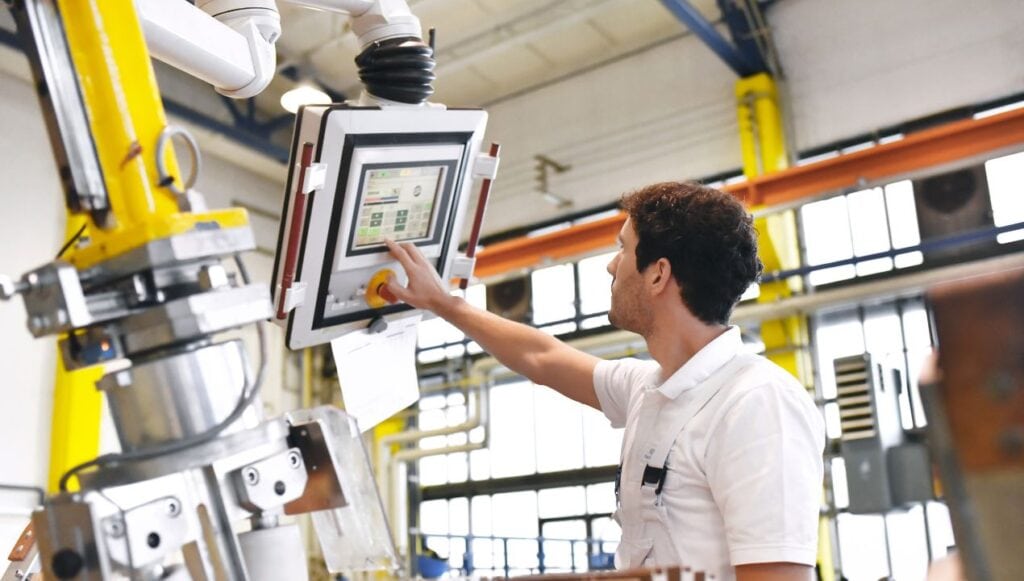In the fast-paced world of manufacturing, staying competitive means keeping up with technology. Yet, many businesses continue to rely on outdated systems that might seem cost-effective on the surface. However, the hidden costs of these systems can quietly eat away at your productivity, profitability, and even your reputation. Let’s uncover what these hidden costs look like and why modernizing your operations is essential for long-term success.
The Productivity Gap
Lost Efficiency
Imagine a production line grinding to a halt because a system fails to process data quickly enough. Outdated systems, whether they’re old software platforms or legacy machinery, can significantly slow down operations. This isn’t just about wasted time—it’s about missed opportunities.
For example, manufacturers using outdated enterprise resource planning (ERP) systems may find it challenging to track inventory or manage orders in real time. The result? Delayed shipments, frustrated customers, and lost revenue.
Downtime and Delays
One of the most noticeable issues with outdated systems is unplanned downtime. Whether it’s an old server crashing or a machine breaking down, every minute of downtime adds up. According to industry research, manufacturing downtime can cost businesses thousands—or even millions—of dollars per hour.
Increased Maintenance and Repair Costs

Frequent Breakdowns
Older equipment and software require constant upkeep. Parts for outdated machinery become harder to find, and the technicians who know how to fix them might be nearing retirement.
For software, the situation can be equally frustrating. Legacy systems often need custom patches or fixes, which can be time-consuming and expensive.
Higher IT Costs
Supporting outdated systems often means relying on specialized IT professionals to maintain and troubleshoot them. These experts usually charge a premium, and their availability may be limited.
Data and Security Risks
Lack of Integration
Modern manufacturing thrives on data. From supply chain optimization to predictive maintenance, data is at the heart of innovation. Unfortunately, outdated software systems rarely integrate well with new technologies, creating data silos that limit your ability to make informed decisions.
For instance, if your production data is stuck in a system that can’t communicate with your analytics software, you’re missing out on valuable insights that could streamline your operations.
Cybersecurity Vulnerabilities
One of the most alarming hidden costs of outdated systems is the risk of a cyberattack. Legacy software often lacks the robust security features needed to fend off modern threats, making you a prime target for hackers.
Consider the rise of ransomware attacks—hackers lock businesses out of their systems and demand payment to restore access. For manufacturers, this could mean halting production entirely, resulting in massive financial and reputational damage.
Missed Opportunities for Innovation
Lack of Scalability
As your business grows, your systems should grow with it. Outdated technology, however, often lacks the scalability to handle increased production demands or expanded operations.
For example, adding new product lines or adopting advanced manufacturing techniques like 3D printing becomes a logistical nightmare if your systems can’t support the change.
Inability to Leverage Data
Modern solutions like IoT (Internet of Things) devices and AI-driven analytics depend on real-time data collection and processing. Outdated systems simply aren’t equipped to handle this. Without these tools, you’re missing out on cost-saving opportunities like predictive maintenance or energy optimization.
Competitor Edge
Your competitors who have embraced modern systems are likely outpacing you in efficiency, cost savings, and customer satisfaction. Falling behind in technology means falling behind in the market.
Financial Implications
Hidden Operational Costs
Outdated systems can silently drain your resources. From excessive energy usage to labor-intensive manual processes, these inefficiencies erode your profit margins over time.
Opportunity Costs
Every dollar spent maintaining outdated systems is a dollar not spent on innovation. By sticking with old technology, you’re forgoing the chance to invest in advanced tools that could drastically improve your bottom line.
Transitioning to Modern Systems
Strategic Roadmap
Upgrading doesn’t have to mean ripping out everything at once. A phased approach allows you to gradually replace outdated systems while minimizing disruption. Start by identifying the most critical pain points and prioritizing upgrades in those areas.
Cost vs. Benefit
The upfront cost of modernization can seem daunting, but the long-term benefits far outweigh the investment. Consider the ROI of solutions like ERP software or IoT devices that can reduce downtime, improve productivity, and boost profitability.
Partner with Experts
FocustApps specializes in custom software solutions designed to meet the unique needs of manufacturers. From creating integrated platforms to enhancing your cybersecurity, we can help you modernize without disrupting your operations.

It’s Time to Update Your System
Relying on outdated systems might seem like a cost-saving measure, but the hidden costs can far outweigh the perceived savings. From productivity losses and cybersecurity risks to missed opportunities for innovation, the price of staying behind is too high.
Modernizing your manufacturing systems is an investment in your business’s future. By working with experts like FocustApps, you can implement solutions that enhance efficiency, reduce costs, and keep you competitive in a rapidly evolving industry.
Ready to take the next step? Contact FocustApps today to learn how we can help transform your operations with custom software solutions tailored to your needs.




